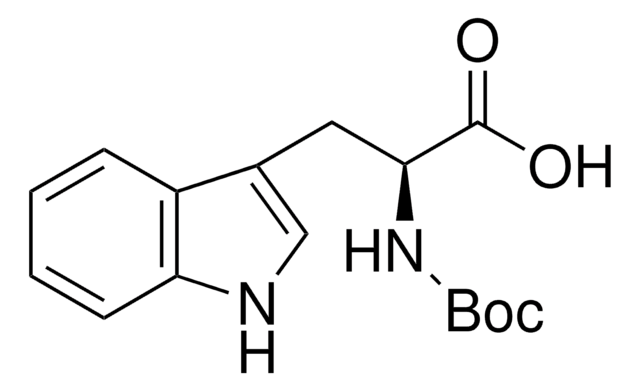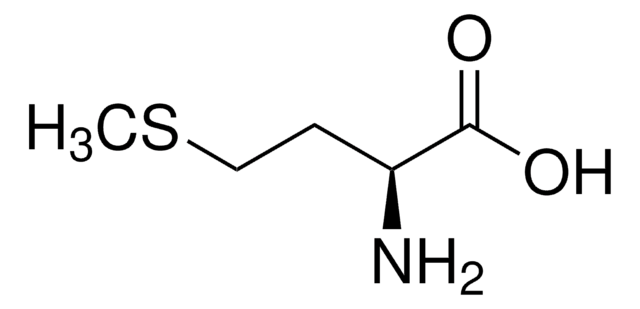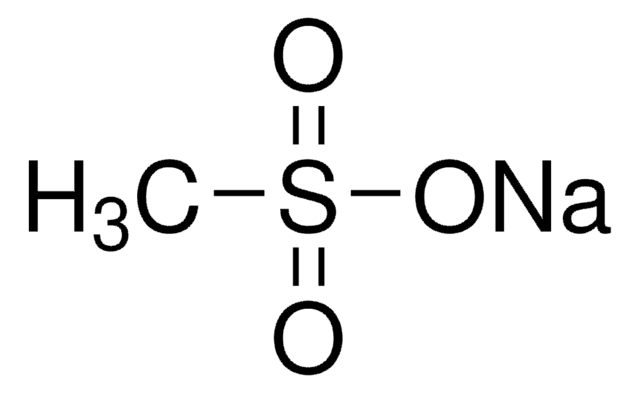V001284
Sodium chloride
p.a., 99.95-100.05%, primary standard
Synonym(s):
Halite, NaCl
Sign Into View Organizational & Contract Pricing
All Photos(1)
About This Item
Linear Formula:
NaCl
CAS Number:
Molecular Weight:
58.44
Beilstein:
3534976
EC Number:
MDL number:
Recommended Products
grade
p.a.
Assay
99.95-100.05%
mp
801 °C (lit.)
SMILES string
[Na+].[Cl-]
InChI
1S/ClH.Na/h1H;/q;+1/p-1
InChI key
FAPWRFPIFSIZLT-UHFFFAOYSA-M
Looking for similar products? Visit Product Comparison Guide
Storage Class Code
11 - Combustible Solids
WGK
WGK 1
Flash Point(F)
Not applicable
Flash Point(C)
Not applicable
Regulatory Information
新产品
Choose from one of the most recent versions:
Certificates of Analysis (COA)
Lot/Batch Number
Sorry, we don't have COAs for this product available online at this time.
If you need assistance, please contact Customer Support.
Already Own This Product?
Find documentation for the products that you have recently purchased in the Document Library.
P Ranjit et al.
Vascular pharmacology, 71, 102-107 (2015-04-15)
Research and routine laboratory assessment of clot integrity can be time consuming, expensive, and cannot be batched as it is generally performed in real time. To address these issues, we developed and validated a micro-titre based assay to quantify thrombogenesis
Bruno de Gennaro et al.
Colloids and surfaces. B, Biointerfaces, 130, 101-109 (2015-04-29)
In view of zeolite potentiality as a carrier for sustained drug release, a clinoptilolite-rich rock from California (CLI_CA) was superficially modified with cetylpyridinium chloride and loaded with diclofenac sodium (DS). The obtained surface modified natural zeolites (SMNZ) were characterized by
A high throughput screening system for predicting chemically-induced reproductive organ deformities.
Bart van der Burg et al.
Reproductive toxicology (Elmsford, N.Y.), 55, 95-103 (2014-12-22)
There is a great need for alternative testing methods for reproductive toxicants that are practical, fast, cost-effective and easy to interpret. Previously we followed a pragmatic approach using readily available tests, which was successful in predicting reproductive toxicity of chemicals
Simran Kaur et al.
Journal of food protection, 78(9), 1708-1718 (2015-09-01)
Previous studies show that treatment of cantaloupes with chlorine dioxide (ClO2) gas at 5 mg/liter for 10 min results in a significant reduction (P < 0.05) in initial microflora, an increase in shelf life without any alteration in color, and
T S Anirudhan et al.
Journal of colloid and interface science, 456, 22-31 (2015-06-19)
A novel adsorbent, 2-mercaptobenzamide modified itaconic acid-grafted-magnetite nanocellulose composite [P(MB-IA)-g-MNCC] was synthesized for adsorbing mercury(II) [Hg(II)] ions selectively from aqueous solutions. Fourier transforms infrared spectroscopy, X-ray diffraction, scanning electron microscopy and thermogravimetric studies were performed to characterize the adsorbent. The
Our team of scientists has experience in all areas of research including Life Science, Material Science, Chemical Synthesis, Chromatography, Analytical and many others.
Contact Technical Service



